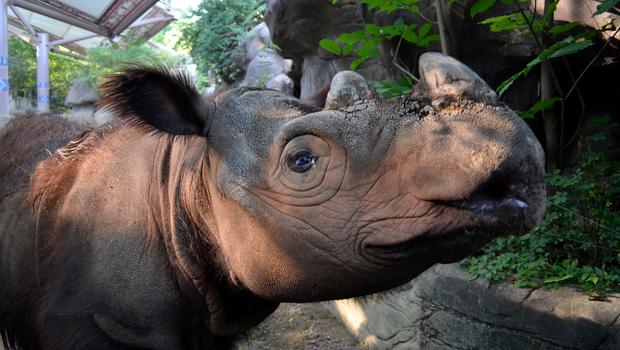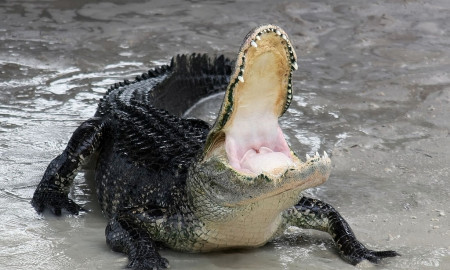

It’s a big world out there with plenty of possibilities and adventures awaiting those willing to take an out of the ordinary journey. Such is the story of Harry the Sumatran rhino. Born in captivity in 2007, Harry has become rather sedentary in his enclosure at the Cincinnati Zoo. Loved and cared for since his birth in captivity, he’s become a favorite of the children and families that visit the zoo throughout the year. Even though he’s a beloved resident, Harry was a bit lonely being the only Sumatran rhino in the Western Hemisphere. A critically endangered species, there are fewer than 100 Sumatran rhinos alive in the world.
In an effort to spark a population boom, zookeepers in Cincinnati and the dedicated team at the Sumatran Rhino Sanctuary in Way Kambas National Park, Sumatra decided to set Harry up on a date. They have transported Harry on a 10,000 mile journey in the hopes that romance will blossom beneath the Sumatran sun. After traveling by planes, trains, and automobiles, he is one tuckered out rhino, but by all accounts, he’s very happy in his new home.
Conservationists are hoping that over coming years that the 8-year old rhino and the rhinettes he’s being paired with will begin the process of bringing the species back from the brink of extinction. Helping to make this possible is Harry’s brother, Andatu, who has already fathered a calf within the same herd and will serve as Harry’s wingman as he settles into his new home and his place within the herd.
With barely 100 Sumatran rhinos alive on our vast planet, the need for Harry’s trip to be successful is absolutely critical. He’d better be bringing his “A game” with him because nothing less than the survival of the species depends upon it. Fortunately, conservationists have every reason to believe that Harry will be well received by the herd and that the trip will lead to plenty of baby rhinos. His brother Andatu was the first Sumatran rhino in 140 years to successfully father a calf in the same Asian sanctuary. And, going two for two, the li’l stud and his main squeeze, Ratu, are expecting their second calf to be born next year.
This is wonderful news as the gestation period for a Sumatran rhino is between 15 and 16 months. Thus, while this gives mom and dad plenty of time to prepare the nursery, it means that growing the Sumatran rhino population is going to take a long time. It will quite literally take generations before conservationists will be able to say that the species is stable.
As with all animals within zoo collections, Harry has entered into a quarantine period that will last 2 weeks. This will give zookeepers an opportunity to monitor his health, and give him a chance to shake off the jet lag as he gets ready to shake a leg and impress the ladies in the herd with his big city words and worldly experiences. More importantly, it will give them an opportunity to administer a series of blood and health checks to ensure that he doesn’t introduce any foreign pathogens and viruses into the herd that could decimate the viability of the breeding program.
There’s a lot riding on Harry’s journey, and it’s been my experience that AZA accredited zoos are developing similar partnerships in an effort to ensure the long-term sustainability of a number of species. Thus, while it’s quite possible Harry will never see the Cincinnati Zoo and his friends in “The Queen City” ever again, the zookeepers there have made him a king by giving him the opportunity to save his species.














